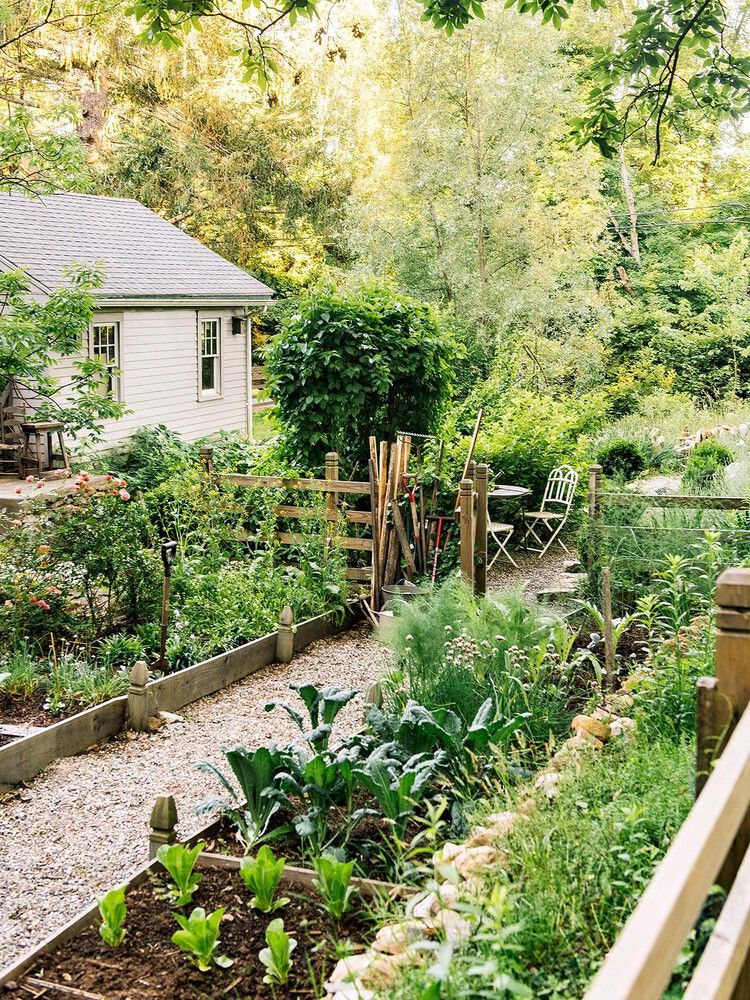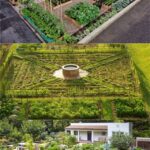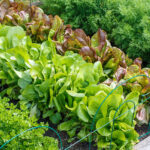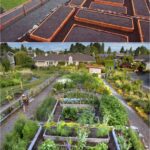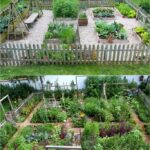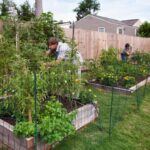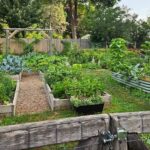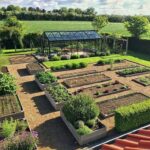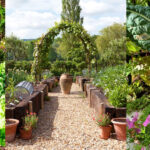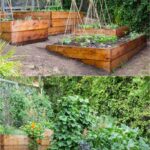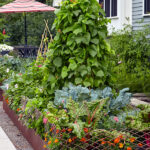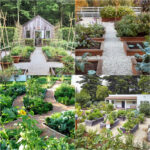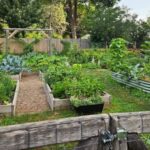Vegetable garden design is an important aspect of creating a productive and visually appealing garden space. When planning a vegetable garden, there are several key factors to consider such as layout, spacing, soil quality, and sun exposure. By carefully designing your vegetable garden, you can maximize your yields and create a beautiful and functional outdoor space.
One of the first steps in vegetable garden design is deciding on the layout of your garden. This will depend on factors such as the size of your garden space, the types of vegetables you want to grow, and any existing structures or obstacles in your yard. Common layouts include raised beds, traditional rows, and square foot gardening. Raised beds are a popular option as they provide good drainage and make it easier to control soil quality.
Spacing is another important consideration in vegetable garden design. Proper spacing between plants is essential to ensure that they have enough room to grow and receive adequate sunlight and nutrients. Before planting, research the spacing requirements for each type of vegetable you plan to grow and plan your garden layout accordingly. Overcrowding plants can lead to poor growth and disease.
Soil quality is crucial for a successful vegetable garden. Before planting, test your soil to determine its pH levels and nutrient content. Most vegetables prefer a slightly acidic soil with plenty of organic matter. Adding compost or other organic amendments can help improve soil quality and provide essential nutrients for your plants. Proper soil preparation will ensure that your vegetables have the best chance of thriving.
Sun exposure is another important consideration in vegetable garden design. Most vegetables require at least 6-8 hours of sunlight per day to grow successfully. When planning your garden layout, take into account the position of your garden in relation to the sun and any nearby structures that may cast shade. Be sure to place sun-loving plants in the sunniest areas of your garden and shade-tolerant plants in shadier spots.
In addition to practical considerations, vegetable garden design can also incorporate aesthetic elements to create a visually pleasing outdoor space. Consider adding trellises, arbors, or other structures to support climbing plants such as tomatoes or cucumbers. Plant colorful flowers or herbs in between rows of vegetables to attract beneficial insects and add beauty to your garden. By combining form and function in your garden design, you can create a space that is both productive and enjoyable to spend time in.
Overall, vegetable garden design is a key component of creating a successful and enjoyable garden space. By carefully considering layout, spacing, soil quality, sun exposure, and aesthetic elements, you can create a garden that is both productive and visually appealing. With proper planning and maintenance, your vegetable garden can provide you with a bountiful harvest of fresh and nutritious produce for years to come.
